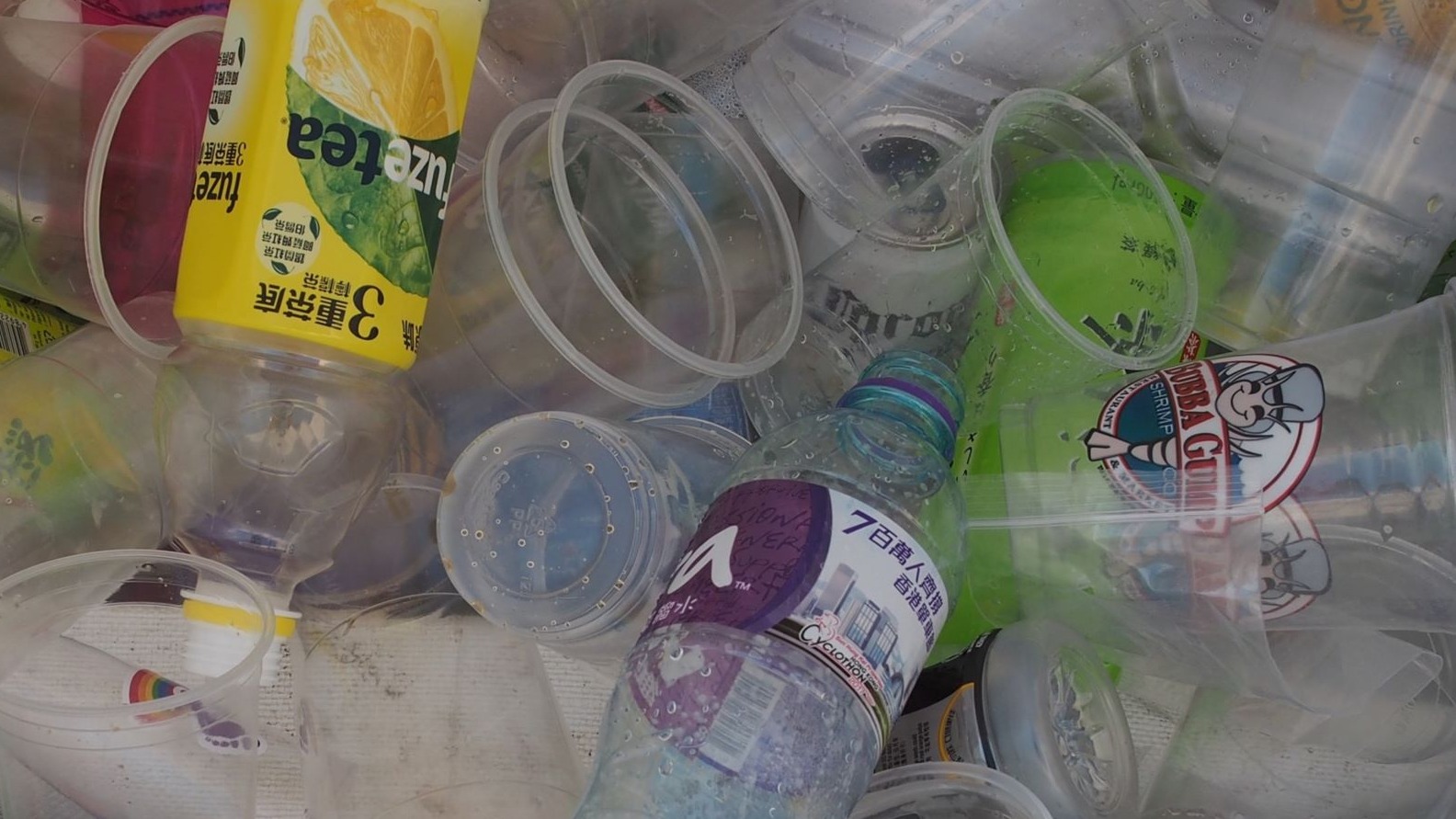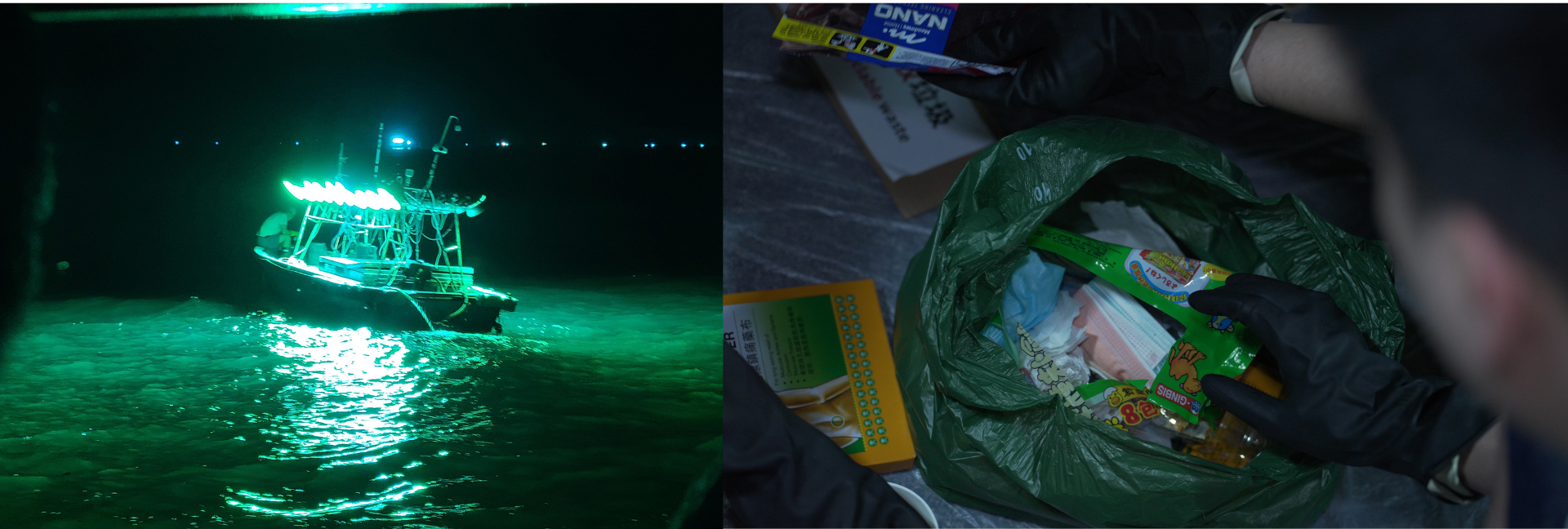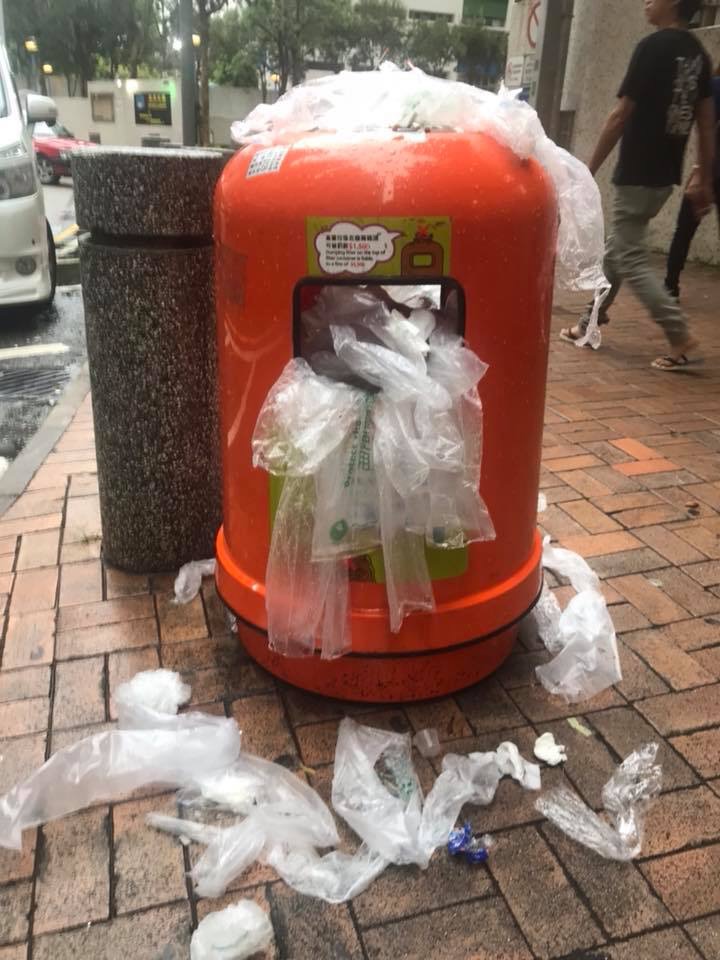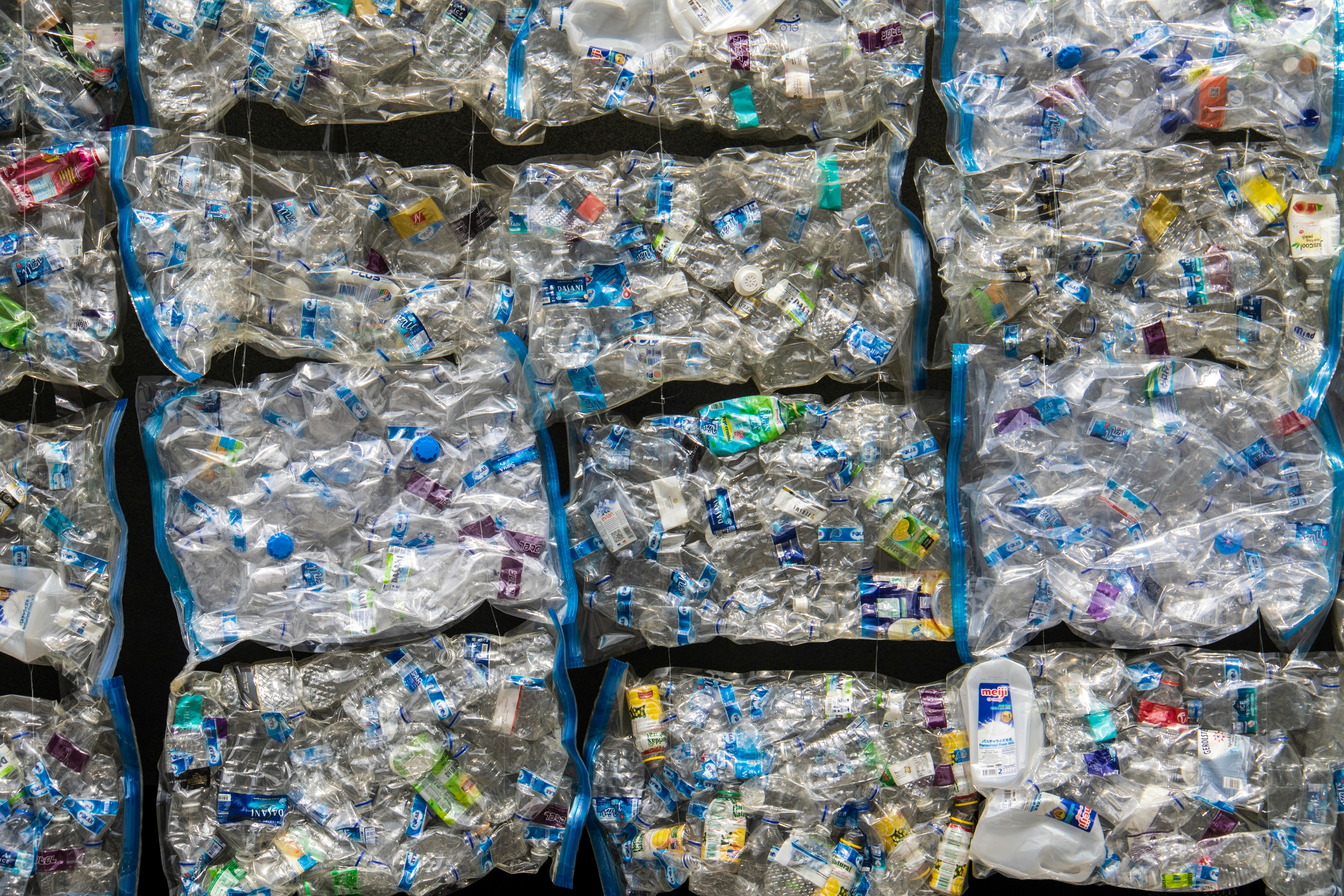 19 May 2023
19 May 2023
- Category
- Keywords

(19 May 2023 SCMP)
A new report by the UN Environment Programme titled “Turning off the tap: how the world can end plastic pollution and create a circular economy” underscores the importance of tackling such pollution at source.
The report provides directions on how to slash plastic pollution by 80 per cent by 2040. A key measure is cutting single-use plastic production by half.
Global plastic consumption has increased enormously since the 1970s and is still growing. The Organisation for Economic Cooperation and Development estimates that in the absence of new policies, global plastic consumption will reach 1,231 million tonnes by 2060, compared with 460 million tonnes in 2019.
As two-thirds of plastic is produced for single use, the vicious cycle of production and disposal is never-ending. If nobody bothers to collect plastic waste for recycling due to high costs, it is most likely to end up in landfills or even more undesirable destinations such as the ocean and the stomachs of wildlife.
Globally, only 9 per cent of plastic waste is recycled, 19 per cent is incinerated and 50 per cent ends up in landfills while the remaining 22 per cent has not been managed properly.
Plastic debris accounts for at least 85 per cent of total marine waste. The smallest plastic particles – microplastics – are also found in the air, soil, potable water, food and the human bloodstream.
Microplastics can act as a carrier transmitting various kinds of toxins found in nature. Scientists are studying the long-term impact on human health.
You may have heard it said that plastic debris is merely a problem of waste, and that recycling more will fix the problem. But the truth is that we are addicted to using plastic to an extreme degree, far beyond our actual needs. Even if we do more to recycle, the problem won’t be solved.
A simple example can illustrate this. If you take drugs, snacks or electronic items out of their paper packaging, you will notice many of the paper boxes are plastic-laminated. Such laminated paper cannot be easily recycled. Both the plastic and the paper used in such packaging can only be used once – a double waste of resources.
Also, plastic pollution is not merely a waste problem impacting the environment. In 2019, plastics generated 1.8 billion tonnes of greenhouse gas emissions, which is equivalent to 3.4 per cent of global emissions – a greater share than the aviation industry’s.
So how is Hong Kong tackling plastic pollution? In 2021, the government launched two road maps for achieving carbon neutrality and reducing waste.
Plastic waste accounted for 21 per cent of municipal solid waste in 2021, second only to the figure for food waste (30 per cent). However, when it comes to combating plastic pollution, the city’s measures seem weaker and slower than those of other economies.
The Environmental Protection Department aims to prohibit several types of single-use plastic products in two phases, with the first phase to be implemented later this year and the second in 2025. In contrast, the European Union banned 10 types of single-use plastics in July 2021.
So-called alternatives to single-use plastics have flourished in recent years, including wooden cutlery, degradable plastics and plastic-laminated or chemically treated paper meal boxes.
Even some of the largest catering chains have used these alternatives to try to demonstrate their environmental responsibility. However, are they any better in terms of plastic reduction and decarbonisation?
It’s debatable. A shift towards using disposable wooden tableware would still require a lot of resources during production, and leave waste that needs to be managed.
The Green Earth investigated 12 single-use plastic umbrella bags, collected from shopping malls, which purport to be degradable. All the samples were found to contain polythene, a plastic that does not easily degrade. However, the businesses using such items might believe they have done something good for the environment.
In Hong Kong, there are no specific recovery systems and industrial composting facilities for degradable plastics. Therefore, such items are not so much an eco-friendly solution as a case of false advertising.
A more sustainable approach would be for the government to support businesses in developing reusable packaging for food and other products or services. Strict guidelines are also needed to prevent the promotion and adoption of unsound “solutions”, such as degradable plastic.
Edwin Lau Che-feng, founder and executive director, The Green Earth
Source: Hong Kong Must Tackle Plastic Pollution At Source, Not Look To Questionable Solutions


 Green Talks
Green Talks 

 Back
Back
 15 Apr 2022
15 Apr 2022


